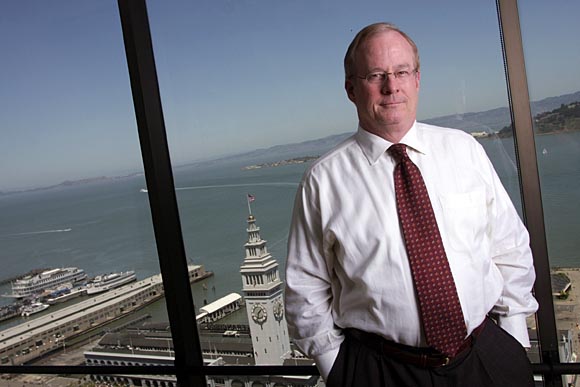
For now, PG&E has officially withdrawn their request to remove three Canary Island Date Palms along Reina Del Mar Ave. What this means is that for the next 6 months, the power company may perform extra trimming to keep the high voltage lines clear of the palm fronds. The hope is that this extra time will allow all the parties involved to agree on a reasonable solution in the short term as well as finding a plan to underground the wires for the long term.
The letter specifically details the time should be used "to raise the funds necessary for pole relocation or rearrangement pursuant to Electric Rule 15..." Hopefully PG&E will help us understand what exactly that means.
In other news, Vallemar Conservators will meet tomorrow at 9 am for a creek clean up and tree planting. We'll at starting at Bier's Grove (near Amopola, Berendos & Calaveras)

















